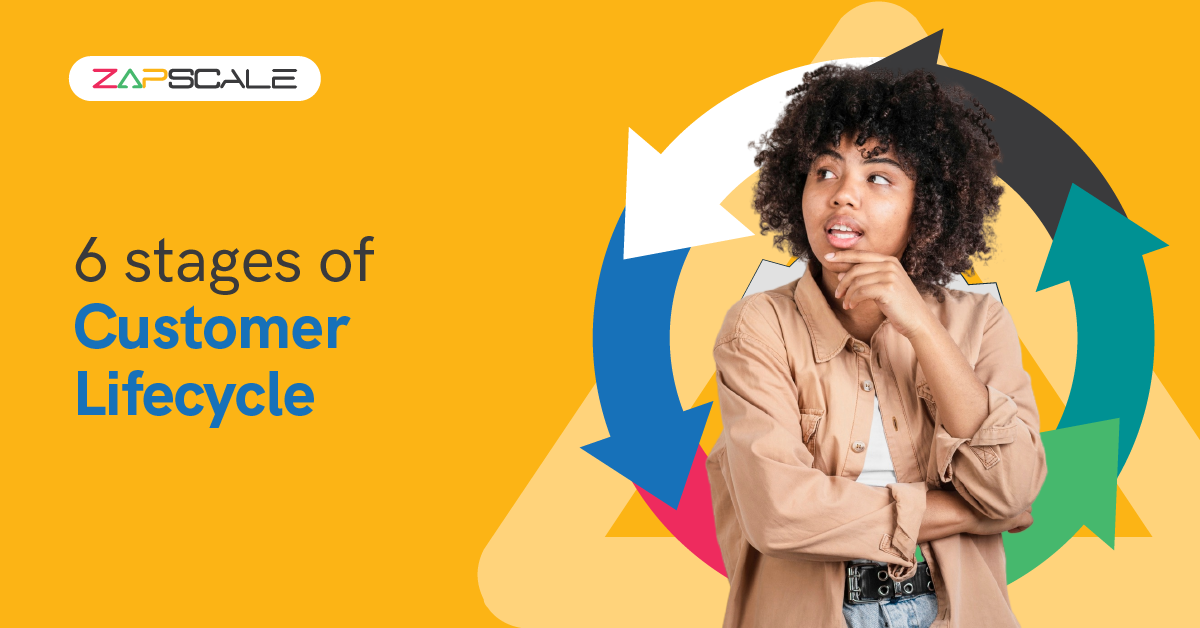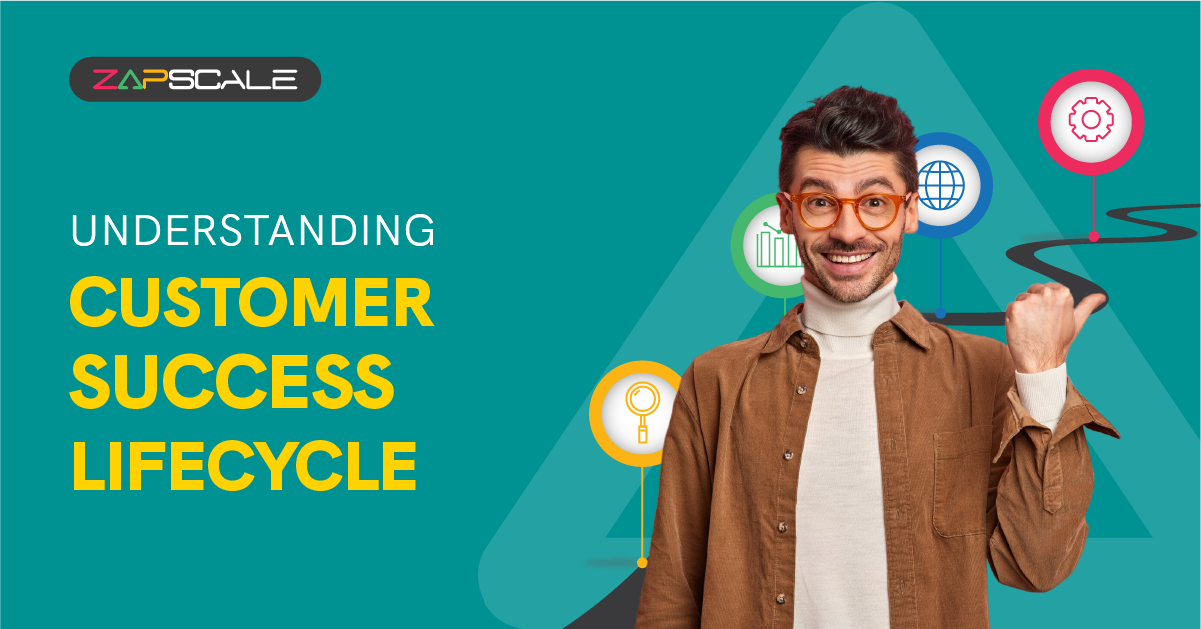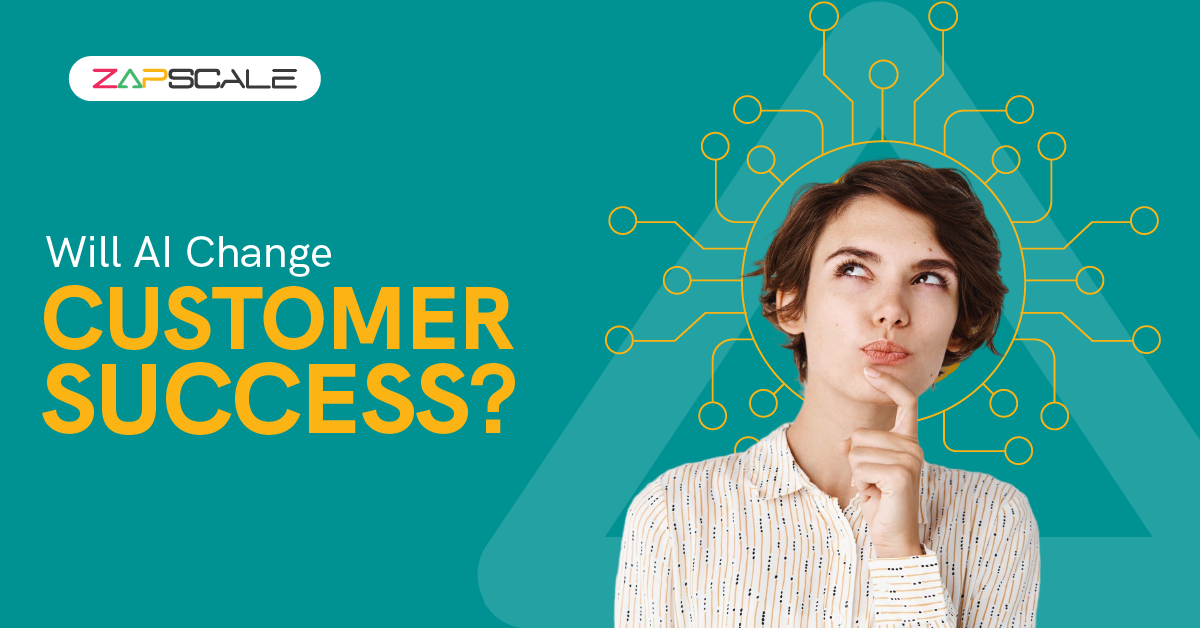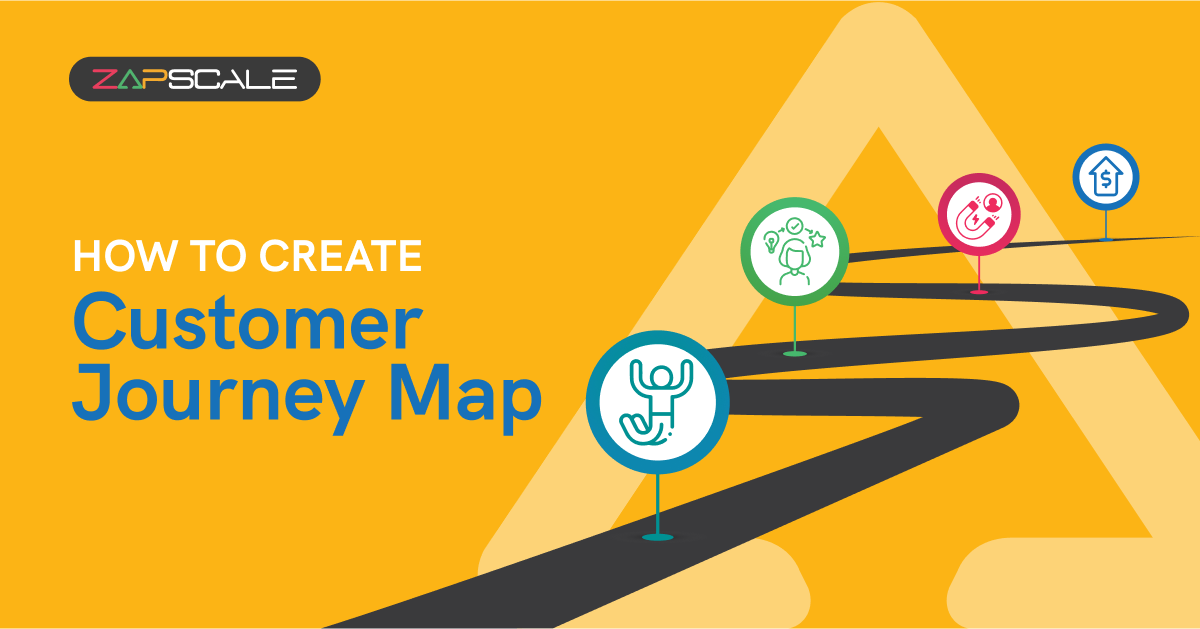CATEGORY > Customer Journey
LAER Model in Customer Success: All You Need To Know
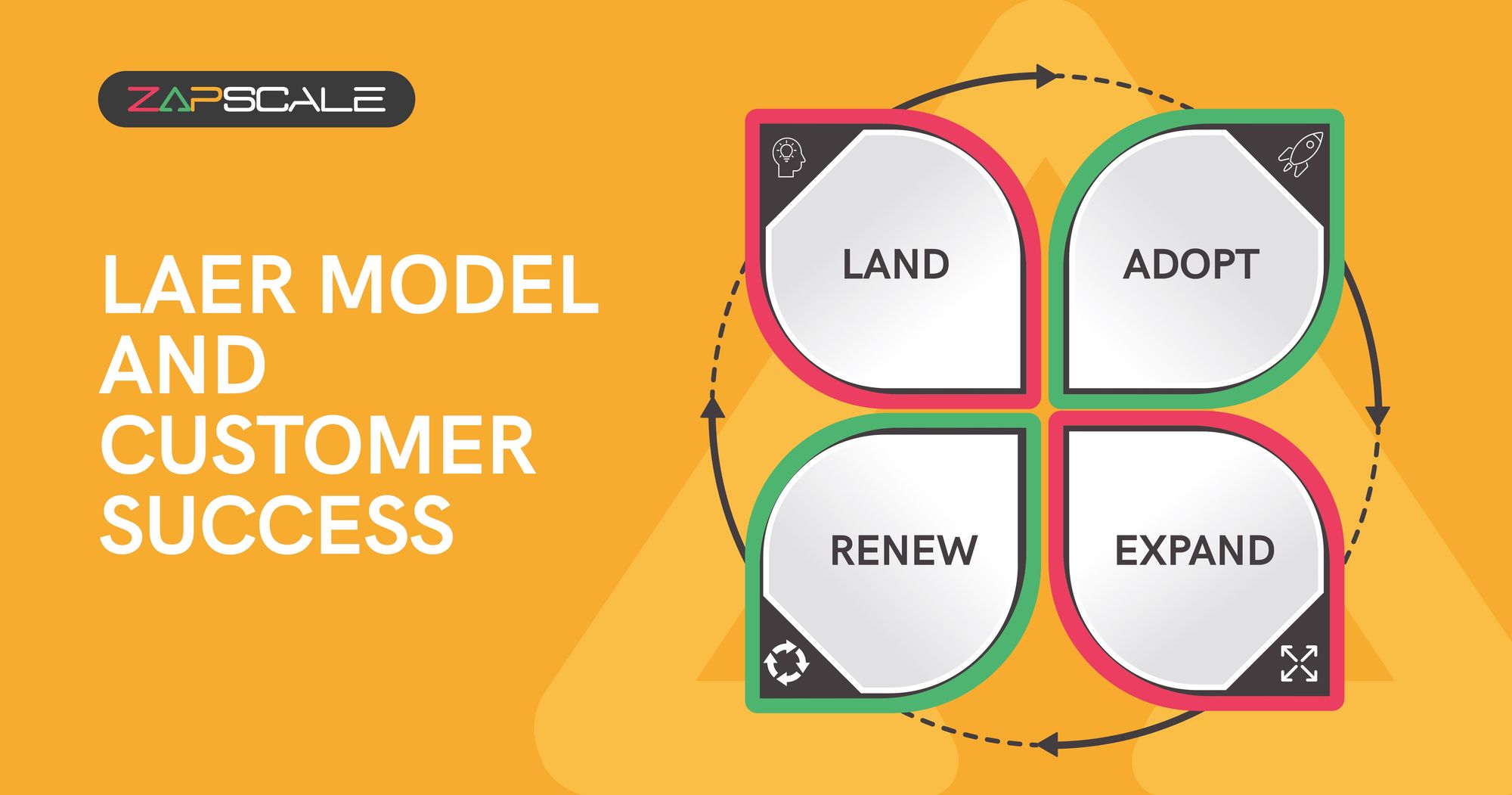
If you are a business owner or manager responsible for revenue growth, you already know how significant customer success is. The primary goal is to ensure your customers stay glued to the business, make recurrent purchases, and spread positive word of mouth for your products or services. It is challenging to achieve higher customer success because of the ever-increasing market competition. Customers have multiple choices in every possible domain; if satisfied with your services, they will stay put!
Businesses often hire a customer success management team to manage their customer success aspects. These professionals use various tools and LAER models for customer success, which help businesses achieve desired revenue growth. Let us give you a detailed insight into customer success and the LAER (Land, Adopt, Expand, Renew) model.
What is Customer Success?
A satisfied customer is the foundation or strength of a successful business. They make recurring purchases and attract other people to the products or services. Hence, it is crucial to keep your customers happy and satisfied.
Customer Success is acknowledging customer requirements and providing a satisfactory experience, leading to customer retention. The desired outcome of efficient customer success is subscription renewals, recurring purchases, and higher customer lifetime. To achieve this, businesses hire customer success managers who use various tools and models to achieve the anticipated targets. The LAER model is one of the popular models for customer engagement, leading to customer success.
What is the LAER Model?
TSIA, a Technology Services Industry Association, introduced the LAER model for businesses to drive growth. This model has 4 stages, signifying the customer journey with the brand and the strategies one can use to keep things sorted. Let us discuss the four stages in detail.
Stage 1: Land
In the first stage, your customer learns about your products or services and lands on your territory. The customer support team plays a crucial role here as they gather all requirements, solve customer queries, and ensure customers make a purchase.
Stage 2: Adopt
At this point, the customer begins to use the product and develops a favorable opinion. If your customer doesn't like the product, they might churn right from this stage. The right way to sail through is to focus on keeping the products or services top-notch. Moreover, take surveys and ask your customers about their feedback related to products, services, and customer support. Solve all the issues you can conveniently resolve and keep your customers glued.
Stage 3: Expand
As customers move into the expansion stage, their connection with the business grows stronger. Having initially appreciated the product, they now start exploring additional options. At this stage, the likelihood of customers leaving or "churning" decreases considerably. The expansion phase marks a time when customers are more committed to the business, exploring various offerings and reinforcing their loyalty.
Stage 4: Renew
If you are a service-based business, this stage is for you! At this point, customers decide whether to continue with the services. It's a crucial phase for service-based businesses to maintain customer satisfaction and encourage ongoing loyalty through thoughtful offers.
How To Implement The LAER Model For Customer Success?
Multiple teams are involved in executing a LAER model. Hence, to ensure the business meets customer success targets, every team has to fulfill their particular goals. Here are a few expert tips to successfully implement LAER models for customer success.
- Understand the customer requirements and the problems they are facing. It will clarify the issues you are trying to solve, and you can launch the products or services accordingly.
- Focus on strengthening customer relationships. Keep launching products with a plan. Make sure you stick to catering to your target audiences well.
- Hold business review meetings after a set period where you can review every little detail about your business. In these meetings, you can check which strategies are working well for you and where you need to make changes.
Understanding customer success decides your revenue growth. Hence, you must hire the best professionals and use efficient tools and models to achieve higher customer success. Keep reviewing all the strategies, and you will experience exponential business growth.
How To Implement The LAER Model For Customer Success?
There's no doubt that prioritizing customer acquisition over retention must be the top choice for any SaaS business. Previously, in traditional sales models, renewals accounted for just 10% of the total contract value, but in the case of SaaS, the entire contract value is at risk. While businesses focus on acquiring new customers, existing ones often feel neglected and begin exploring alternatives.
Companies fail to take action despite knowing that retaining customers is cheaper than acquiring new ones. Providing unique solutions distinguishes companies in a crowded market. Instead of solely pitching products, offering high-value business advice to existing customers fosters growth through cross-selling, upselling, and retention. It's high time businesses start investing in current customers, which is as vital as acquiring new ones.
Conclusion
Adopting the LAER model for customer success is a crucial strategy to drive growth and surpass competitors. Businesses can enhance their success by prioritizing proactive customer engagement, streamlining operations, and leveraging real-time data. The LAER model encourages a shift from reactive to proactive approaches, ensuring customer issues are addressed promptly and effectively. With a focus on personalized engagements and a holistic view of customer data, businesses can make informed decisions and predictively address potential challenges. Elevate your customer success game with the LAER model, turning challenges into opportunities for sustainable growth.
FAQs
1. What does the LAER model focus on?
The LAER model in customer success focuses on nurturing customer relationships at each stage to drive growth and loyalty. It consists of four different stages: Land: Acquire customers, Adopt: Ensures they use the product successfully, Expand: Grow the relationship, And Renew: Retain and renew contracts.
2. What are the 4 pillars of customer success?
The core pillars of customer success are
- Building strong relationships with customers
- Prioritize the needs of the customer
- Deliver consistent value to customers
- Act as the advocate for the customer’s needs
ABOUT THE AUTHOR
Popular from Customer Journey
Quality Content,
Straight To Your Inbox!
Subscribe for the latest blogs, podcasts, webinars, and events!

Write a Blog
If you have experience in CS and
a flair for writing, we’d love to
feature you.
Write to us on
hello@zapscale.com
